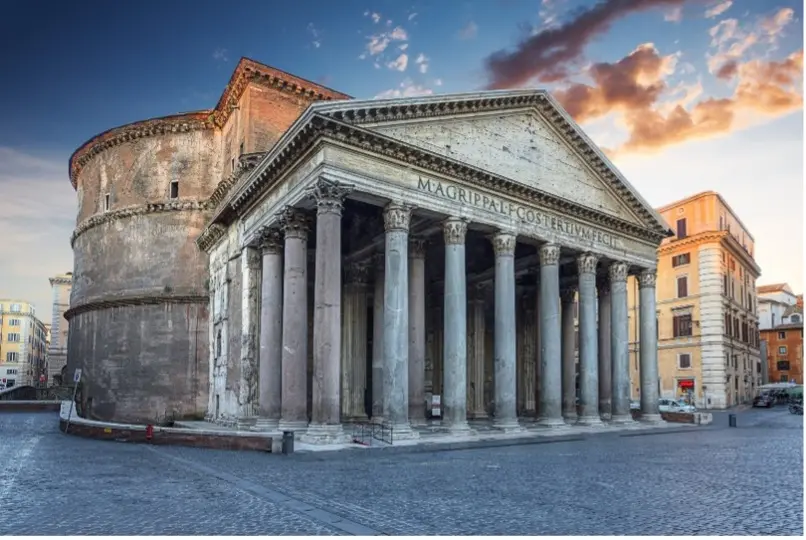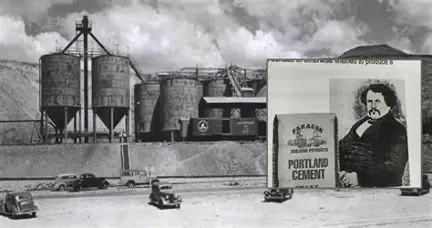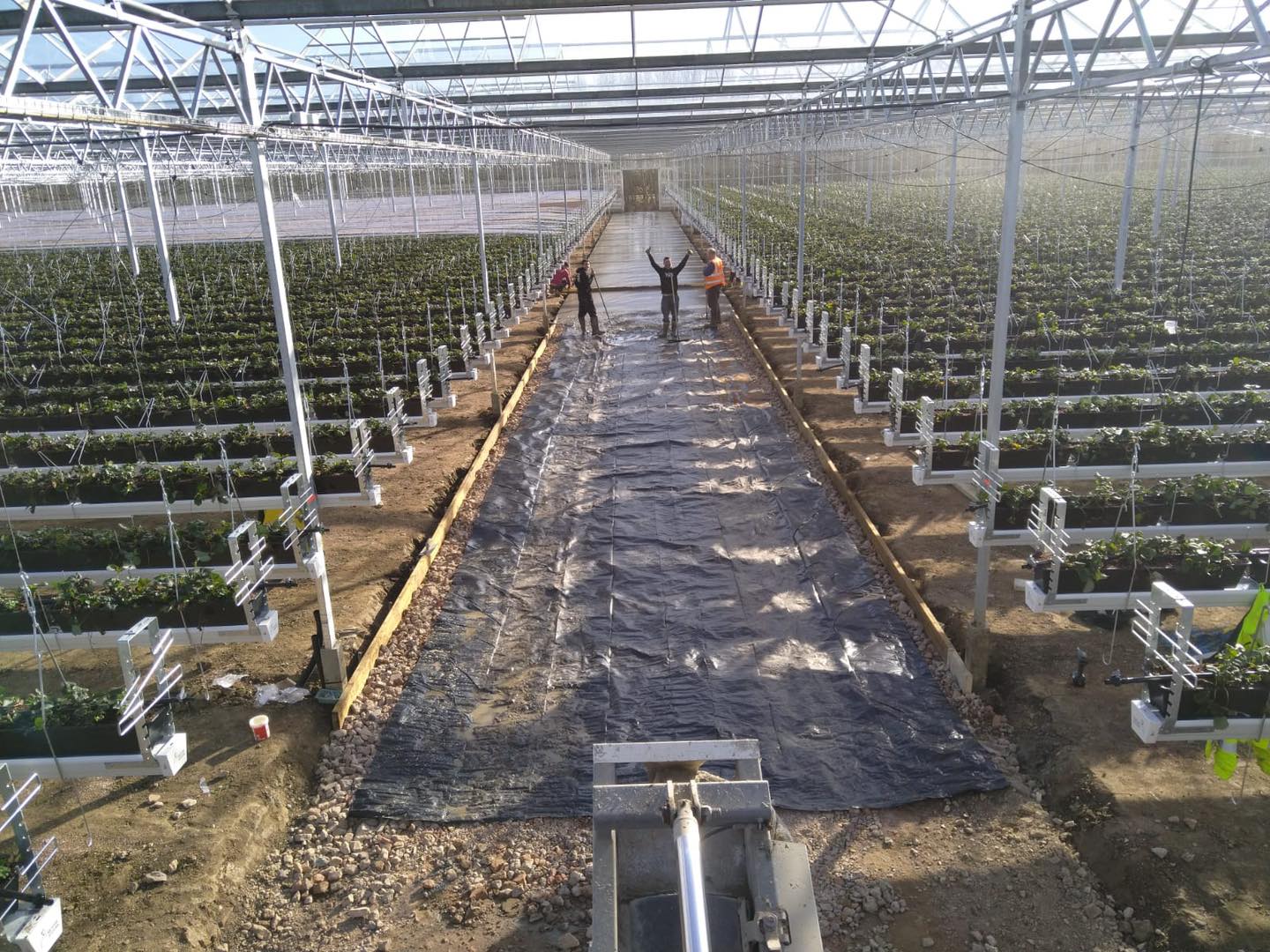Concrete is one of the most widely used construction materials in the world today, shaping everything from towering skyscrapers to humble homes. While it is often associated with modern engineering marvels, its history dates back thousands of years, with ancient civilisations laying the groundwork for its development and refinement.
The Origins: Early Uses of Concrete
The earliest known use of concrete-like materials dates back to around 6500 BCE in regions that are now Syria and Jordan, where Nabataean traders developed primitive forms of the substance for construction. However, it was the ancient Egyptians who took the next major leap forward, using a form of early concrete to build structures like the pyramids. They mixed lime, clay, sand, and water to create a mortar that bound large limestone blocks together.

The Roman Revolution
It was the Romans who truly revolutionized concrete. By around 200 BCE, they had developed a mixture called opus caementicium, composed of volcanic ash, lime, and water, which proved to be incredibly durable. Roman engineers used this material to construct architectural wonders such as the Pantheon, with its vast unreinforced concrete dome, and the aqueducts, which still stand today as a testament to their ingenuity.
The secret behind Roman concrete’s longevity lay in its use of pozzolanic ash, which chemically reacted with lime to create a strong, long-lasting bond. This technology allowed them to build harbors, roads, and temples that have withstood the test of time.

The Decline and Rediscovery of Concrete
After the fall of the Roman Empire, concrete technology was largely forgotten in Europe for centuries. It wasn’t until the 18th century that interest in concrete resurfaced, thanks to British engineer John Smeaton. In 1756, he developed a more advanced form of hydraulic lime cement, which could set underwater and was used to rebuild the Eddystone Lighthouse in England.
The Birth of Modern Concrete
The industrial revolution spurred rapid advancements in construction materials. In 1824, Joseph Aspdin, an English bricklayer, patented Portland cement, named after its resemblance to Portland stone. This cement became the foundation of modern concrete, offering increased strength and versatility.

The development of reinforced concrete in the mid-19th century further transformed construction possibilities. French gardener Joseph Monier introduced the concept of embedding iron rods within concrete to improve its tensile strength, leading to the construction of more durable bridges, buildings, and roads.
Concrete in the 20th and 21st Century
The 20th century saw concrete dominate the architectural and infrastructure landscape. Innovations such as pre-stressed concrete, fiber-reinforced concrete, and self-healing concrete have pushed the boundaries of what is possible with this material. Today, sustainability is a key focus, with researchers exploring ways to reduce concrete’s carbon footprint by incorporating alternative materials like recycled aggregates and carbon-capturing cement.

Conclusion
From its humble beginnings in ancient civilizations to its current role in shaping skylines and infrastructure worldwide, concrete has played a crucial role in human progress. As engineers and scientists continue to refine and innovate, the future of concrete looks to be more sustainable, durable, and adaptable than ever before.






